After investigator Mikeal Tallini is killed, his protégé, Cassie Holt, embarks on a murder investigation that unravels a chilling conspiracy in the thriller film, ‘Cult Killer.’ Throughout the narrative, she is helped by Sergeant Detective Rory McMahon, who installs the young crime solver as one of the lead voices in Mikeal’s case. However, complications surface when Cassie crosses paths with a serial killer, Jamie Douglas, in a deadly game of cat and mouse, where, despite their differences, they manage to establish a connection through their damaged past. Subsequently, the two team up to bring to light a disturbing sex trafficking ring that has ruined the lives of many.
Directed by Jon Keeyes, the film explores the underlying psychological trauma of those who have been sexually abused in silence and deal with their monsters in varying ways. While Cassie looks back upon her training with Mikeal, she reminisces about her dark past and the atrocities committed by those who were supposed to protect her. The narrative emphasizes the methodological differences between Cassie and Jamie, who are defined by similar pasts but channel those negative emotions differently. As such, the roots of ‘Cult Killer’ and Jamie Douglas come into question with regard to their connection to real murders and murderers and whether the film is based on a true story.
Cult Killer Delves Into a Revenge Plot Centered Upon Sexual Abuse
‘Cult Killer’ is a fictional narrative crafted by Charles Burnley under the direction of Jon Keeyes. Originally titled ‘The Last Girl,’ the film revolves around two women with shattered pasts whose lives were ruined by sexual abuse and how they cope with their traumas in a variety of ways. In the case of the protagonist, Cassie, she is tutored and nurtured by Mikeal to take control of her pain and turn it into something positive without giving in to the darkness. However, on the flip side, Jamie’s demons manifest themselves through a single-minded revenge mission, which she embarks upon to kill everyone involved in her torment.
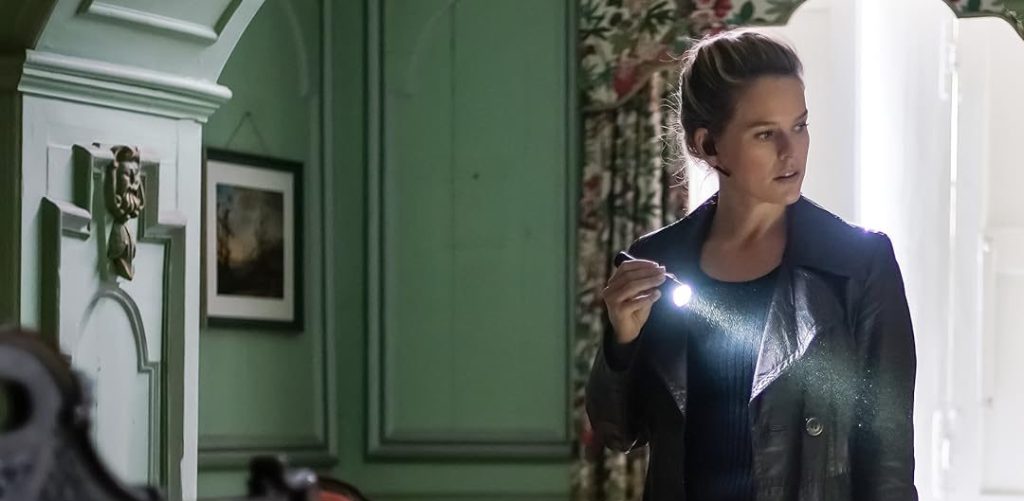
In an interview, director Jon Keeyes elaborated on the layers surrounding the central vendetta plot, highlighting the focus on creating sympathy for the underlying motivations of every character, no matter how alienating they might seem. He said, “I mean, in a way, the movie is a revenge movie. And so, you want the audience to understand what these characters are going through. And that was the thing that really grabbed me the most was an intriguing story but it was elevated, it was intelligent, and I cared about all of these people even though there’s additional bad guys and villains that are happening in this movie that slowly sort of unveil themselves to the audience.”
Cult Killer Examines the Connection Between Cassie and Mikeal
While the film uncovers the disturbing machinations of a sex trafficking ring, it also features a heartfelt bond between Cassie and her mentor, Mikeal. For the former, her relationship with the investigator is one that is untouched by the horrors of her past and the sexual abuse and harassment inflicted upon her by other men. Mikeal not only teaches her everything to survive her trauma but also to rekindle her purpose in life without falling prey to alcoholism. Although the widower’s influence is relegated to memories when the film begins, Cassie constantly recalls his lessons throughout the narrative as a source of strength and comfort.
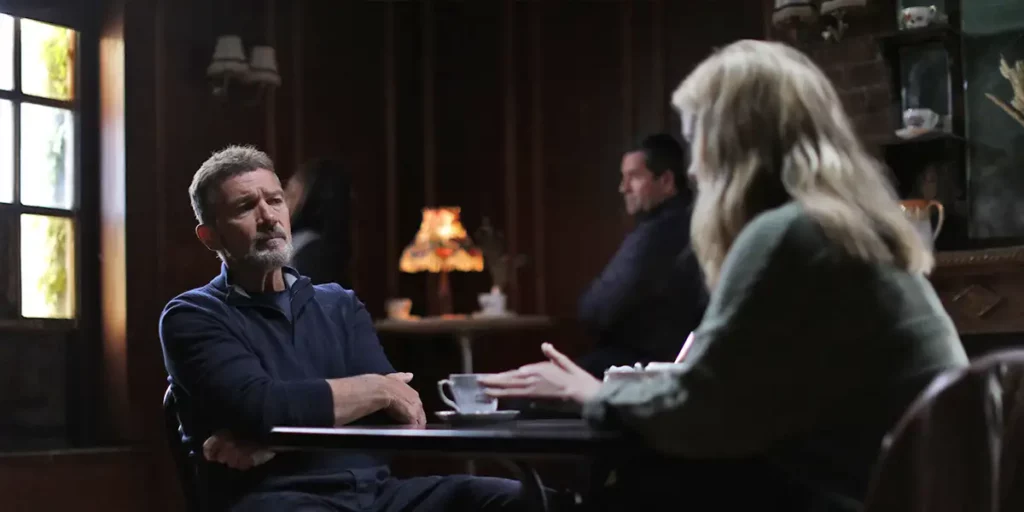
“Because of the nature of the story, without giving too much away for people who haven’t seen it yet, the thing that I really loved about the way flashbacks were used is that as she’s making her way through the movie, she’s learning, but she’s learning about lessons she’s learned from the past,” Keeyes added on the subject of Cassie and Mikeal’s teacher-protégé relationship. “So we’re getting to kind of see everything moving forward in real-time even though we’re constantly intersecting it with flashbacks. And I thought that was a really interesting way of doing it.”
The Horrors of a Sex Trafficking Ring Are Brought to the Fore Through Central Characters
At the heart of the narrative of ‘Cult Killer’ is its thematic exploration of sexual abuse and those propagating it through heinous mechanisms that exploit the unwitting. Sadly, real-life cases of sex trafficking are common around the world. In 2021, two women were jailed in Ireland for having trafficked women from Nigeria, where they were forced into organized prostitution in fear of being harmed. They had been subjected to Juju rituals, which allegedly made them believe they and their families were in danger if they did not comply. The two perpetrators, Alicia Edosa and Edith Enoghaghase, were sentenced to five years and eight months and five years and one month, respectively, on charges of trafficking, organizing prostitution, and money laundering.
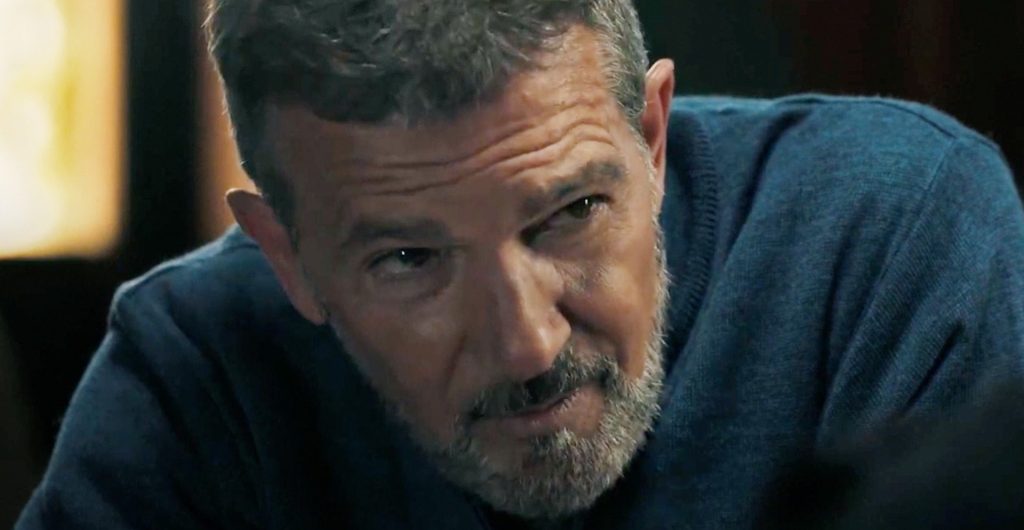
Sex trafficking and exploitation play a pivotal part in the Jon Keeyes directorial. It forms the basis of the ugly conspiracy gripping the story while also elevating the intensity of Cassie and Jamie’s struggles. Although on opposite sides of the law, there is begrudging understanding between them, owing to their shared pain. Keeyes admitted that he was excited by the prospect of exploring the morality of “Is the bad guy really the bad guy” through his story. In doing so, the fictional tale of ‘Cult Killer’ touches upon the horrors of sexual abuse, its consequences on the psyche of victims, and how these monstrous issues plague society in general.
The Fictional Roots of Jamie Douglas
Jamie Douglas is a fictional character in ‘Cult Killer’ who was conceived by Charles Burnley while drafting the screenplay. Although the woman comes across as an antagonistic force in the early parts of the narrative, her real identity and backstory shed light on the tragedies that have befallen her over the years. Shelley Hennig, who plays Jamie, talked about the character’s life up to the point when the narrative picked up, saying, “Jamie was abducted when she was 14 and put into this really wealthy and influential cult, and she escapes somewhere around ten something years later, and then she’s out for revenge.”
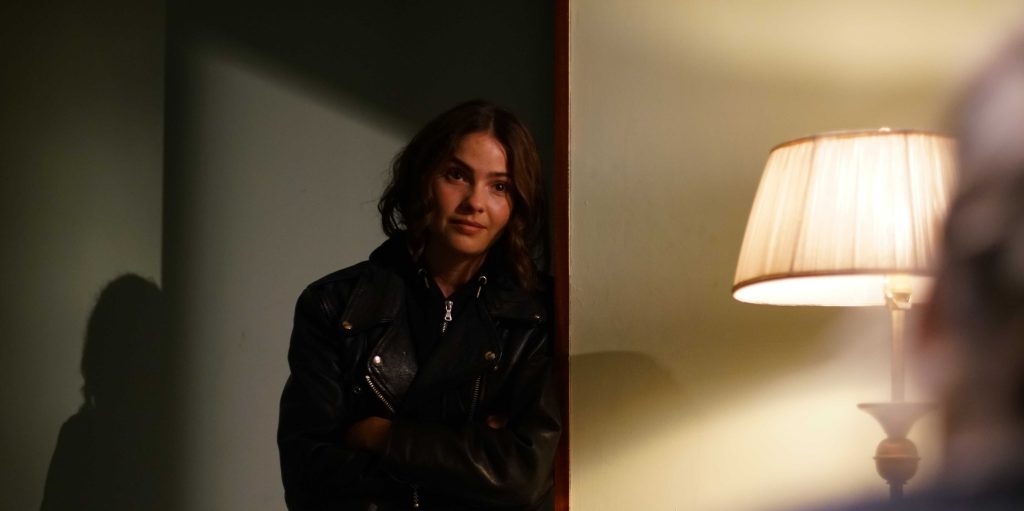
Cases of people striking out against their abusers are plenty in real life. In 2014, Sarah Gonzales-McLinn killed Hal Sasko, a man who reportedly raped her several times after she moved into his home, by zip-tying him and slitting his throat. According to reports, the abuse and control asserted over Sarah led to deep psychological turmoil in her. She wrote a message to her sister in December 2013, which said, “I feel like a caged animal right now, and it’s making me crazy.” After Sasko’s murder, she was sentenced to 50 years in prison without the possibility of parole in 2015. Later, in 2021, her sentence was reduced by 25 years.
Although Jamie’s conception may be fictional, the character’s psychological makeup and the reality of her situation are rooted in the experiences of many victims of sexual abuse cases. In the case of Jamie, however, she was subjected to several years of abuse, which led to her developing a sense of retribution towards her traffickers. She is calculative and meticulous in her planning, committing a series of murders to get what she wants, which differentiates her from Gonzales-McLinn. As such, Jamie’s character remains confined to the realms of fiction despite links to real-life figures.
Read More: Best Serial Killer Movies on Netflix

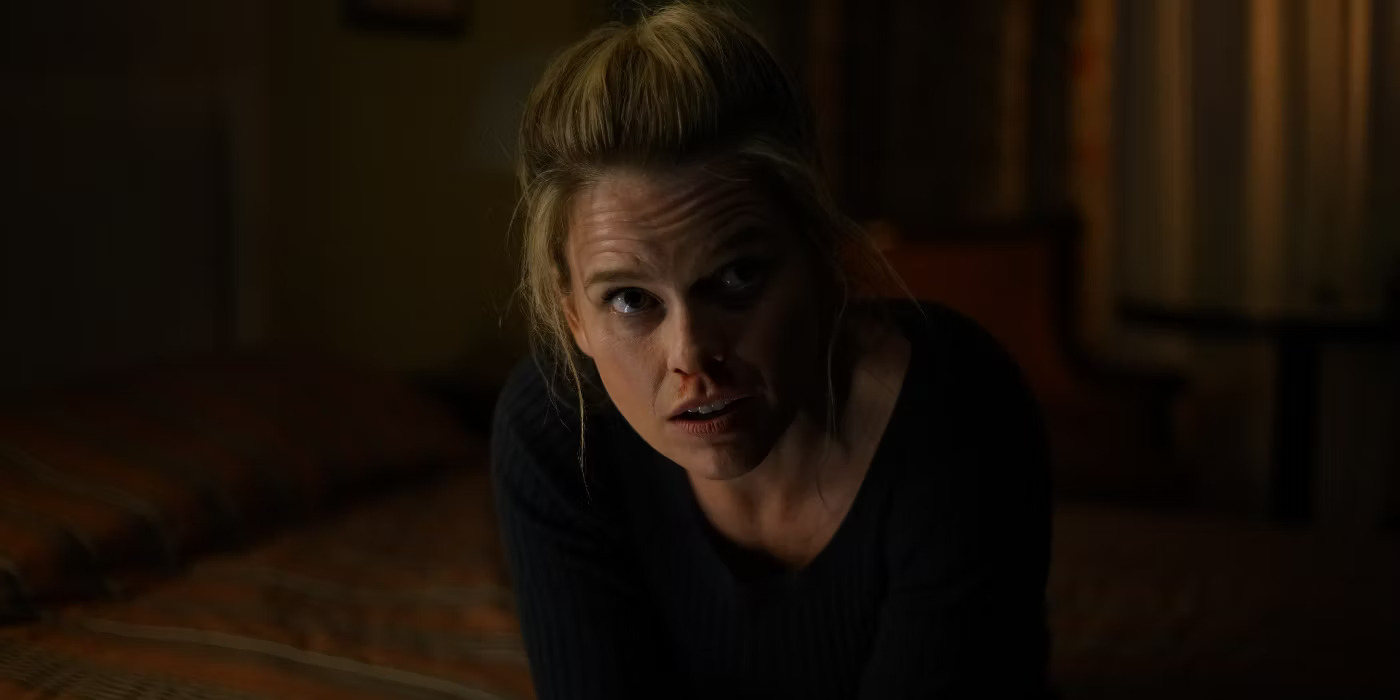
You must be logged in to post a comment.